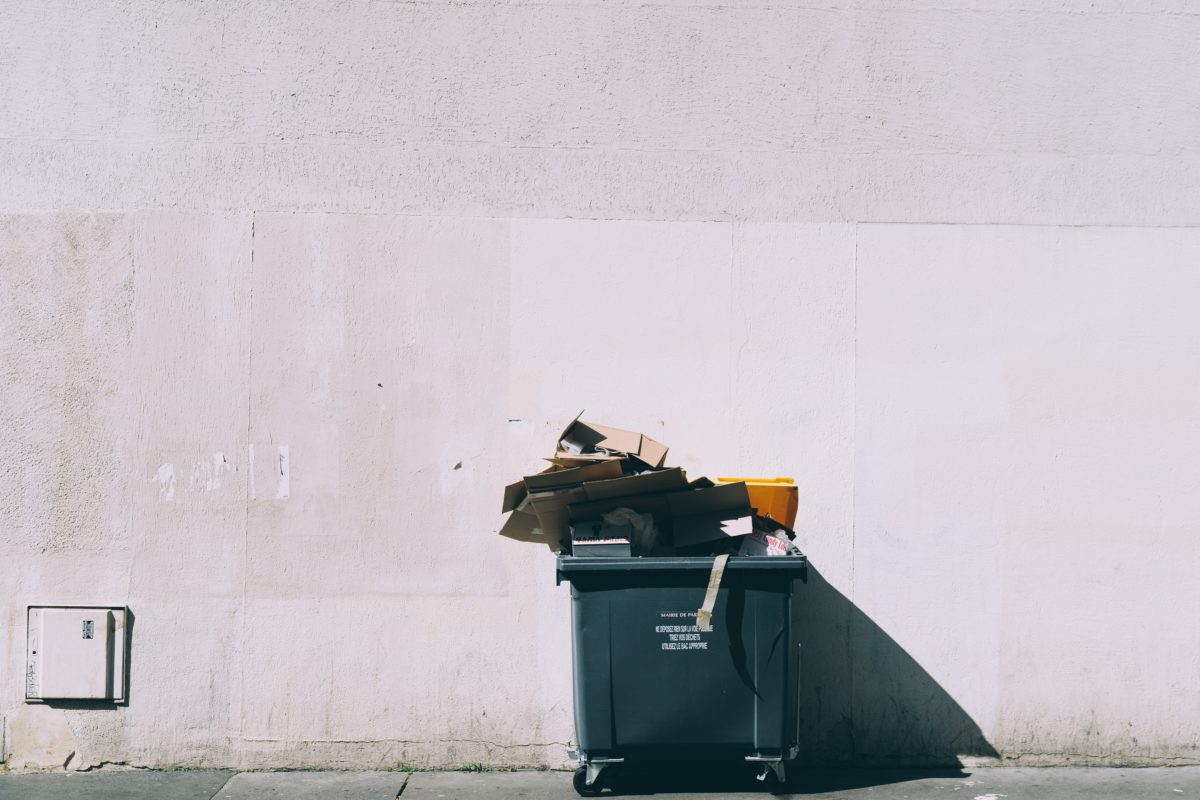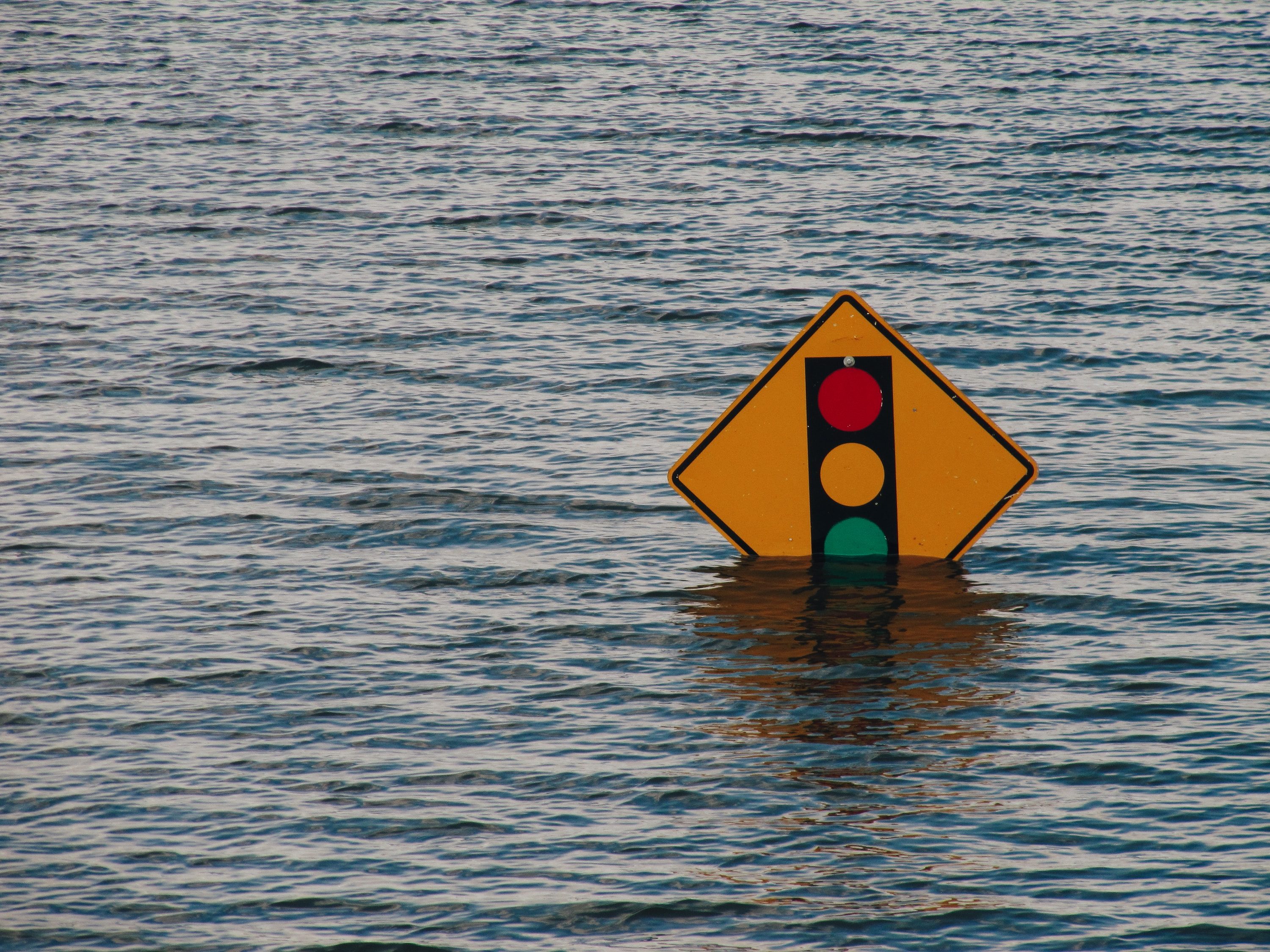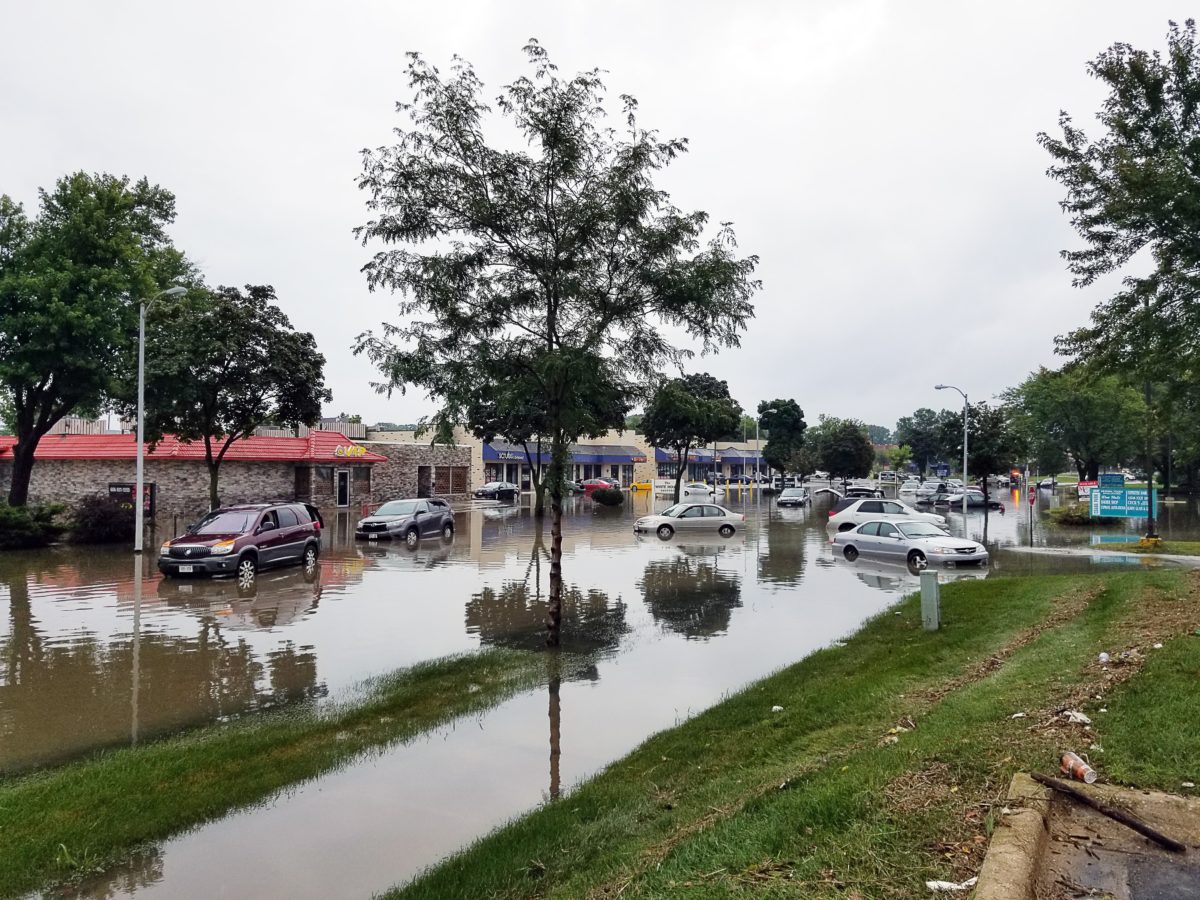The aftermath of a storm can be overwhelming. We’re here to guide you through the process.
Weathering The Storm
Safety has to come first. If water is still standing there might be contamination issues from everything from sewage to fuel in the water. There might also be other risks like snakes, alligators, electrical or gas line dangers. The first thing to do is get advice from your local authorities or emergency service teams. They will be able to advise you about when it is safe to re-enter your neighborhood and inspect your property.
Your insurer can also be of service. Call the emergency help number at your insurance company. They have great insights into what to look out for, what to expect, safety tips, and of course, getting your home and family back to normal as soon as possible. Many household policies will cover the cost of temporary housing until your home is fit to live in again, but check your policy now to be sure. This is not something you want to find out later that you have not included in your coverage.
- Collect your flood insurance policy documents.
- On the information page, you should find the phone number to call to turn in your claim.
- If you don’t have flood insurance you should still contact your homeowner’s insurance company to see if they have any endorsements or coverage extensions that might help out.
If neither of the above apply, and your area was declared a disaster area by the federal government, you can still seek flood disaster aid through various federal agencies.
Click on this link to find out more: DisasterAssistance.gov
After The Storm – Videos
Take care before re-entering your home, and have an electrician inspect any electrical systems!
Mold Dangers
- Be sure to properly maintain the plumbing in your home
- If you have a leak, get it fixed as soon as possible and be sure to call in a professional to take care of the clean up
- Be sure to properly maintain your roof
- If you have a leak in your roof, get it fixed as soon as possible
- If humidity is an issue in your home, be sure to properly ventilate areas that could be an environment for mold.
- Properly venting crawl spaces is not only beneficial for drying, but FEMA actually has rules around adequate ventilation of crawl spaces.
- If there is less than three square feet of visible mold the homeowner or maintenance personal can take care of clean up.
- If there is more than three square feet of visible mold, call in an expert to assess the situation.
- Inspection or testing may be necessary if no visible mold is present, and you have experienced flooding.
- For information from the CDC on mold cleanup and remediation visit CDC Mold Cleanup
- Burning eyes, Headache, Cough, and Fatigue
- Rash, Sneezing, Itchy Eyes, Asthma
- Infections in the eyes, lungs, sinuses, ears, and throat
- Individuals at risk for mold are the elderly, small children, asthma patients, immune deficient patients
- Protective Procedures may be necessary to protect occupants and property when cleaning up mold.
- Hiring a professional ensures cleanup was conducted appropriately and provides documentation that cleanup was successful.



